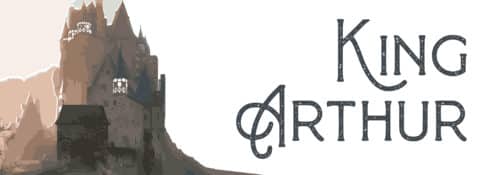
King Arthur: What These Ancient Legends Can Teach Us Today
 The Barney Charter Schools include a paraphrased version of legends about King Arthur and his Round Table in third grade. Hillsdale College Associate Professor of English Patricia Bart, who teaches a class devoted to Arthurian literature, offers her thoughts on educating children in Arthurian legend.
The Barney Charter Schools include a paraphrased version of legends about King Arthur and his Round Table in third grade. Hillsdale College Associate Professor of English Patricia Bart, who teaches a class devoted to Arthurian literature, offers her thoughts on educating children in Arthurian legend.
Arthurian legends arose from a time of great violence and political instability in the island of Britain. The stories were originally sung by the Celtic people of the island. Later, they were developed among the Normans in England. From them, the tales spread all over the continent. They were stories of war, love, and betrayal, so most of them are not appropriate for young people without some age-appropriate modification—certainly not for small children.
Nevertheless, Arthurian lore does contain a great many praiseworthy tales of virtue, friendship, and spiritual quest, in a form—short adventure narratives or short imaginative vignettes—that small children find very attractive both to hear told and then to role-play.
The tales can also grow up with them. Once they are of the right age, their love for this ideal Round Table Fellowship can be augmented with the realism of the romances—because medieval romance is very realistic. High-mindedness is accompanied by betrayal, betrayal by hypocrisy, and that hypocrisy ultimately brings about the destruction of the Fellowship, yet with the hope of building it anew one day. Those are aspects of Arthurian romance that would best be shared between parents and older children. Nonetheless, these legends can help a child develop high morals and lofty ambitions while also helping the same child later to develop the kind of fortitude and humility in the face of failure and degradation that is essential to mature adult life in our very real, very turbulent, often very uninspiring world.
Click here for a downloadable (PDF format) King Arthur poster for use in your classroom.